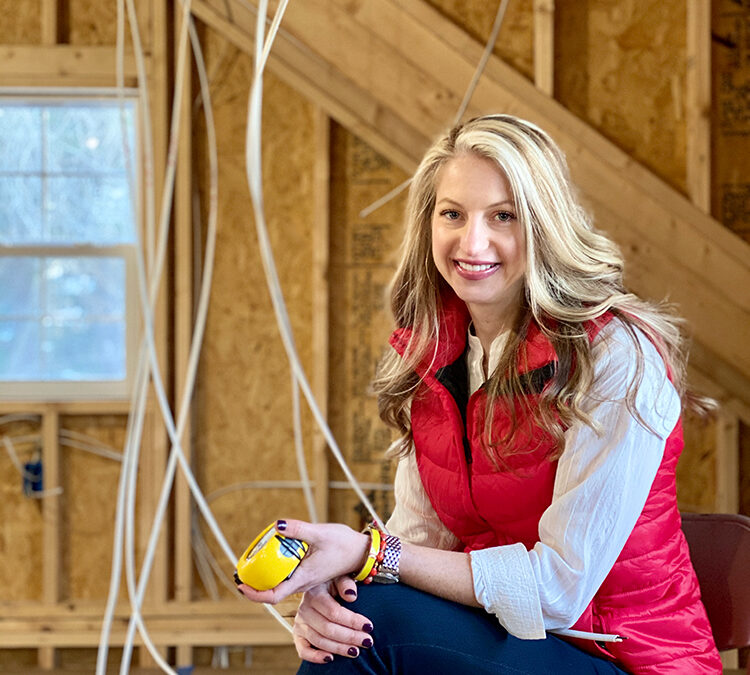As summer comes to a close, many homeowners are ready to take the plunge and tackle those pesky home projects that have plagued them for the past several months or years. You’ve been dreaming of this renovation and have relished in the process of creating multiple Pinterest boards and have found your interior design soulmate on Instagram. You’re ready to rip out that old, mildewed carpet and start swinging hammers. You’re excited, feeling good, confident even, and nothing can stop you! Ready, set, wait! You meet with your contractor and afterwards feel like you’ve hit a brick wall. Do you have a design plan? Have you selected all of your materials? When will those materials be delivered? What size trim do I need? Do I want shoe molding around my cabinets? Your sparkle begins to fade and that familiar feeling of overwhelm begins to set in. HELP!
If the above has ever happened to you or you are anticipating a major renovation, keep reading for some helpful insights from a seasoned pro to make your renovation a lot less stressful and your life a little bit easier.
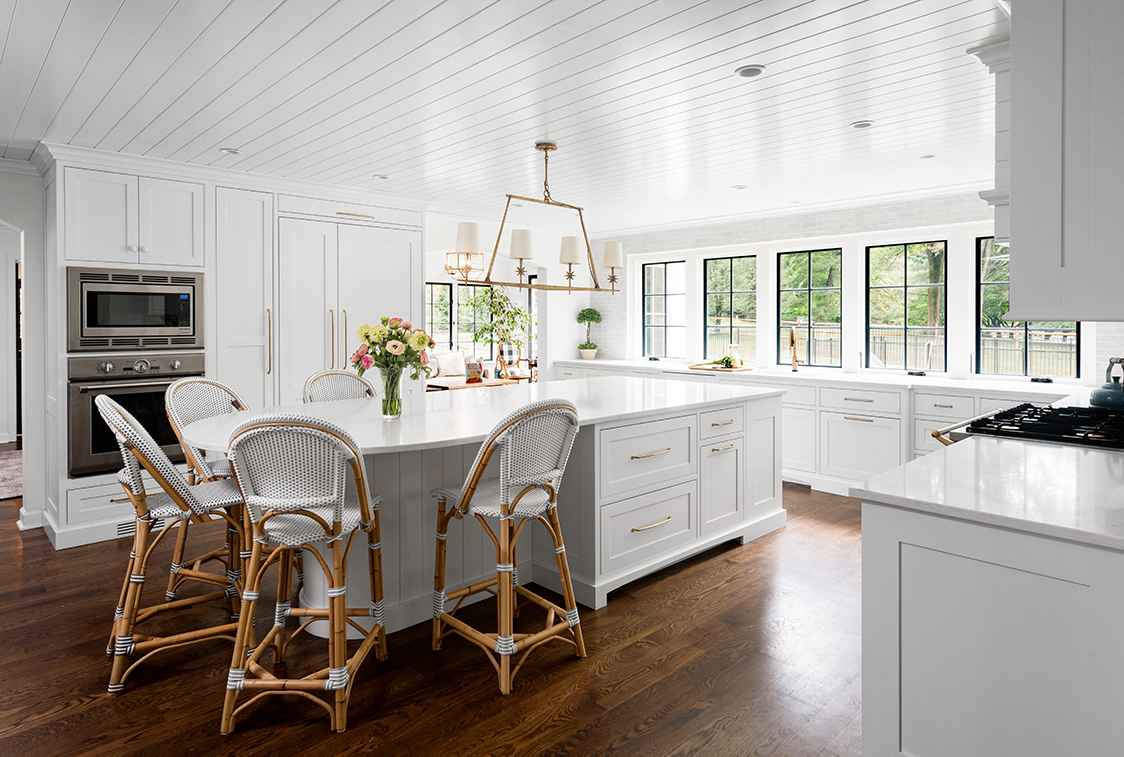
Let’s face it, renovations are a mixed bag of emotions. The anticipation leading up to the start of a renovation rivals that of any major life event but with more ups and downs than any ride at Six Flags Great Adventure. Elation at the beginning, which lasts anywhere from 3 minutes to 3 weeks. Then, something goes wrong because nothing in life is perfect. Gauging on the severity of said problem you’ve now entered into frustration and/or rage. Said problem is solved, signaling relief and gratitude. Weather, material delays, holidays, sick days, and a global pandemic, turn your 3 month job into a 6+ month project. You are now back to feelings of frustration, disbelief, and disappointment. But alas, the job gets back on track and is finally complete. Elation! As you can see, renovations are a test of emotional endurance. As a professional who has been in the renovation industry for over 15 years, I have yet to see a job go any other way. However, what we are really good at is preparing people for the pitfalls and delays, helping to flatten the emotional curve. It’s all about setting clear and realistic expectations up front and keeping the lines of communication open and flowing.
Step 1
The first step of any project is meeting with your designer and contractor to discuss the scope of work, define the budget and project parameters, and establish who is responsible for what, i.e. are you buying the flooring, tile, countertops, cabinetry, hardware, appliances, and plumbing fixtures? Or is the contractor? Or is your designer? This may sound like a conversation that can be worked out over time, but I assure you that it only makes life more confusing and complicated, and inevitably, delays the job. It also causes a whole lot of finger-pointing, which isn’t good for anyone. This can easily be avoided if you decide who is buying what in the very beginning.
Step 2
The second step is creating a design plan. Disclaimer, most contractors are not designers nor do they want to be! Don’t rely on your contractor to reconfigure your bathroom/kitchen/laundry room. They have a schedule to keep, and it most likely does not include the re-design of an intimate space of your home. Hire a designer, preferably one who is accredited by the National Kitchen and Bath Association and who will present you with a clear set of drawings. A good set of working drawings are an imperative tool, which will be used and referred back to on a daily basis. This is not the place to save money and do a quick hand sketch! Real, scaled and dimensioned drawings are worth their weight in gold.
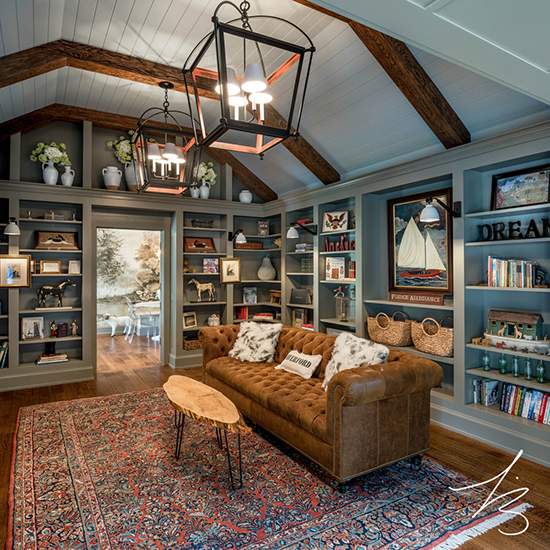
Good contractors are mystical human beings who can make all of your renovation dreams come true. They are usually the most down-to-earth people and want the job to go as smoothly as you do. Disclaimer, not all contractors are created equal, but the guys we work with are salt of the earth craftsmen and women who put people first and quality first. Do your homework, talk to friends and family about contractors they have used in the past and have loved, or conversely contractors to avoid, and let the interviewing begin. To make the best use of everyone’s time and to ensure each contractor is bidding the job the same way, have a detailed scope of work and drawings ready.
Step 3
Selecting the right contractor is the most important decision in your renovation process. I cannot stress the importance of finding a contractor who is right for you and your needs. While it is helpful to talk to your neighbors about their past experiences, consider their personality and project in comparison to who you are, what your expectations are, and what your goals are. Like most things in life, trust your gut. Just because your neighbor loved their contractor does not mean you will too. Take time to speak with and interview several different contractors so you can make an informed decision.
Step 4
Once you’ve jumped that hurdle (what a relief!) and selected your contractor, you will secure a spot on their schedule. Today, any contractor worth working with has a waiting list of several months. Say what? Yes, many contractors are booked for the next 3-4 months or more but that doesn’t mean you just sit and wait. Use your time wisely by working with an interior designer to sort through any revisions to the floor plans and/or elevations. This is also an opportune time to make all your selections and place orders so that everything is on the jobsite ready to roll.
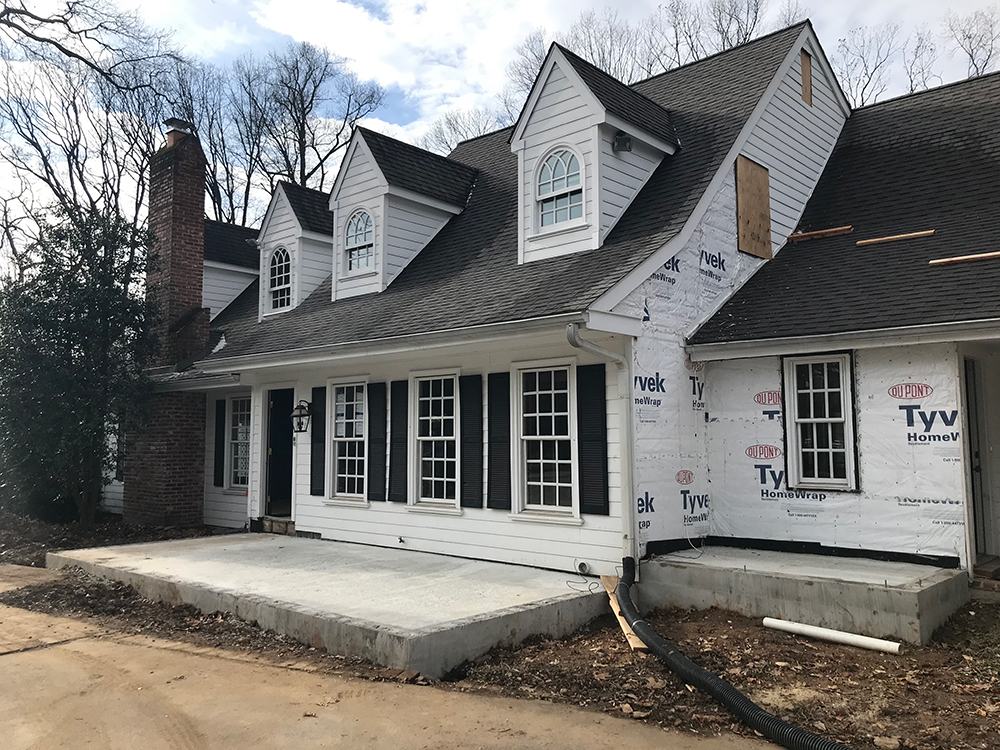
Below are some frequently asked questions.
Do I have to work with a designer?
No, of course not. However, your designer will help keep the job on track, on budget, and within your design aesthetic. A design professional will help curb your project anxiety, and will be your advocate and voice. Your designer knows where to shop, who to talk to, and will order, track, schedule, and manage your product deliveries. He or she is also fluent in the foreign language of construction and can have educated conversations with your contractor about valve placements, electrical locations, trim, and so much more. If you choose not to work with a designer, expect a lot of phone calls and onsite troubleshooting to work through issues when they arise, and trust me, they will arise. At Liz Walton Home, we offer a Full Service design plan, (aka The Full Monty) where we help take care of the design and every detail from start to finish, leaving you to focus on your job and family.

Why order now?
Due to the pandemic, many supply chains are operating at limited capacity and have longer lead times. Pandemic aside, it’s a good idea to have all your materials onsite and ready to go when the job starts to help avoid hiccups and delays. Your contractor will thank you for your preparedness and forward thinking in helping keep the job moving according to plan and even more so, according to schedule. Cabinet lead times are approximately 6-8 weeks, and tile, if ordered from California or Europe or if it is handmade, can also incur 6-8 week lead times, if not longer. Bottom line? Making your selections early is worth the time early in the process.
How long does the average kitchen renovation take?
From start to finish, your kitchen renovation can take anywhere from 3-6 months. It depends on the size, scope, and level of detail involved.
What if I want to change something after construction has begun?
While a lot of time and planning is done upfront, nothing compares to seeing the space come to fruition in real time. Changes are not uncommon and can typically be accommodated but be prepared for a large price tag and project delays. In most circumstances, a change order is written detailing the modification along with the associated cost. You must approve and sometimes pay for the change order upfront. Keeping the lines of communication open during construction is key to ensure everyone involved is on the same page.
Can I purchase items on my own?
Of course you can; however, this can be a slippery slope. With a large scale renovation, it is oftentimes more cost effective and timely to have your contractor or designer purchase the materials. For starters, industry professionals usually get better pricing because of the volume in which they do business. Some items require a lot of follow-up on the backend in regards to delivery times, man power to unload said materials and transfer them safely into your home, and I’ve learned that not every manufacturer is a mind reader. Surprise! And by that I mean you need to know exactly what to ask for, otherwise it will not be offered, and in turn, you will not get it. For example, when ordering luxury hardwood flooring, you need to specify the quantity and sizing of every floor register, as well as the sizes and edge detailing for transition strips and stair nosing. My point? Your contractor or designer will know these things upfront so you don’t have to agonize over these fine details.
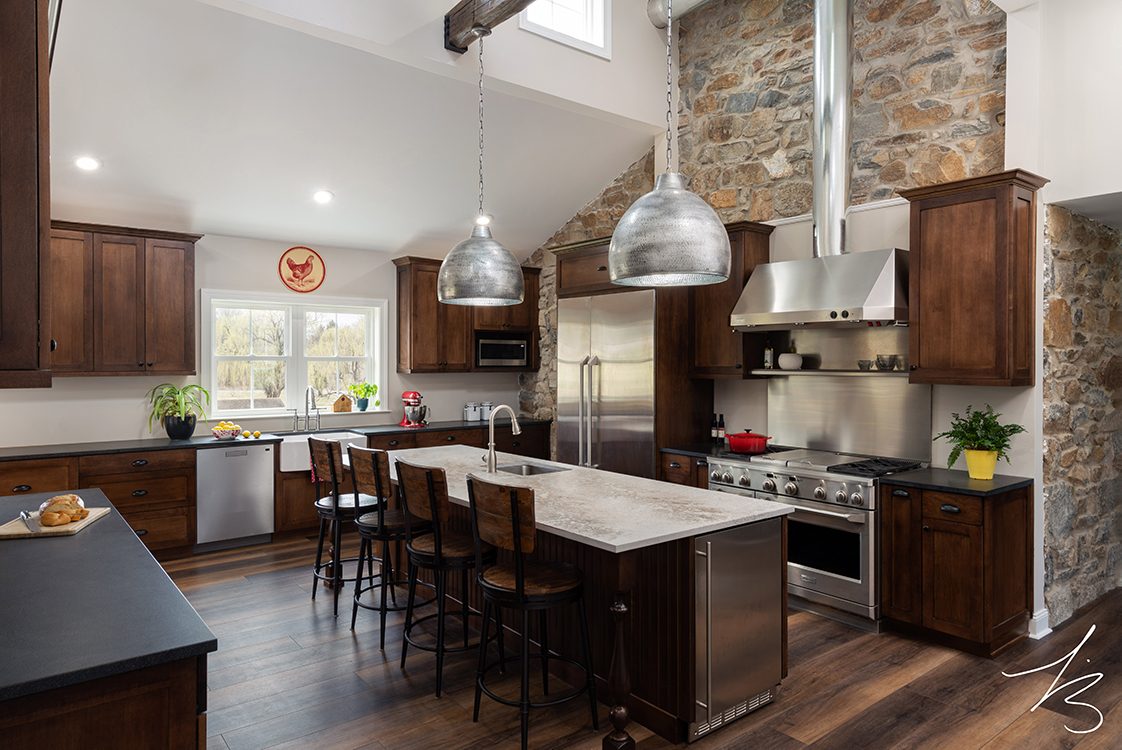
Bottom line: renovations are exciting, scary, expensive, and emotionally draining. But they can also be the most fun you’ve ever had and a really rewarding experience if you work with the right group of professionals. 9 times out of 10 we are sad to see a job end because we have spent months and sometimes years working with the most talented contractors and grateful client, and we will miss seeing them on a regular basis. As I write this, work on the Dormer Delight project is coming to completion. As much as I want our clients to move in and start enjoying their beautiful new home, selfishly I will miss the meetings and personal conversations. No, renovations are not all horror stories and bad news, nor do they happen almost overnight as shown on HGTV. So do your homework, pack your patience, and hire people you like, trust, and who have a good sense of humor. Because in the end you will have a beautiful new space, and if you’re lucky, you will have gained a few new friends.


